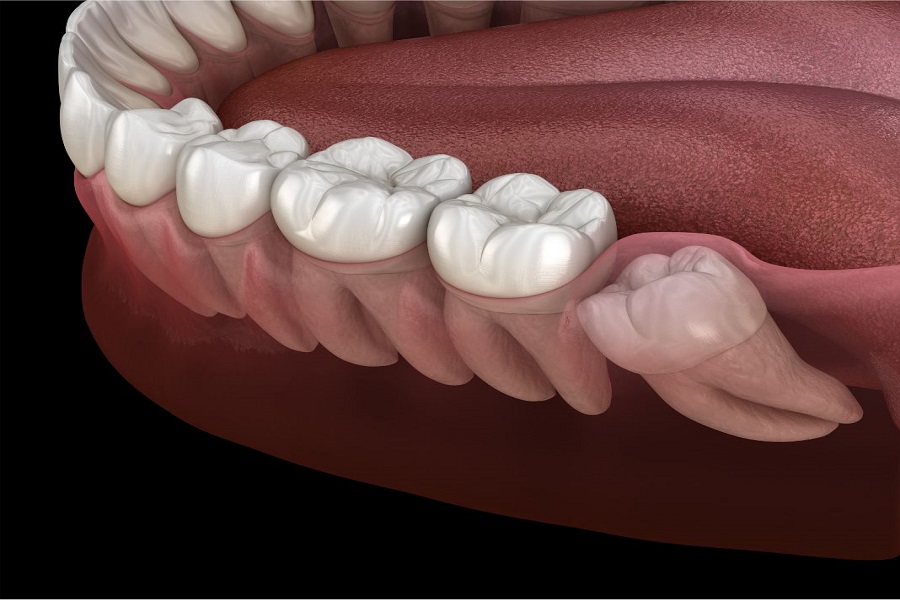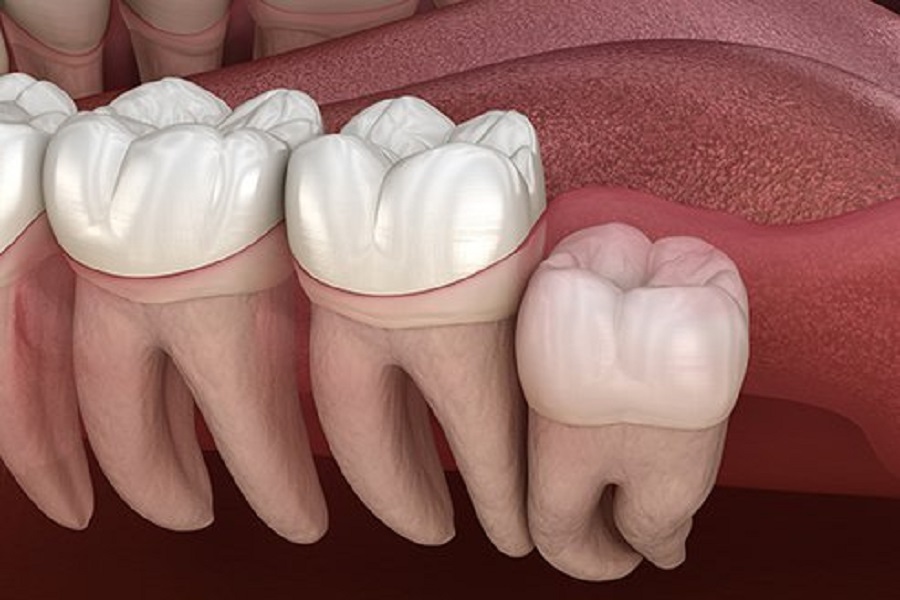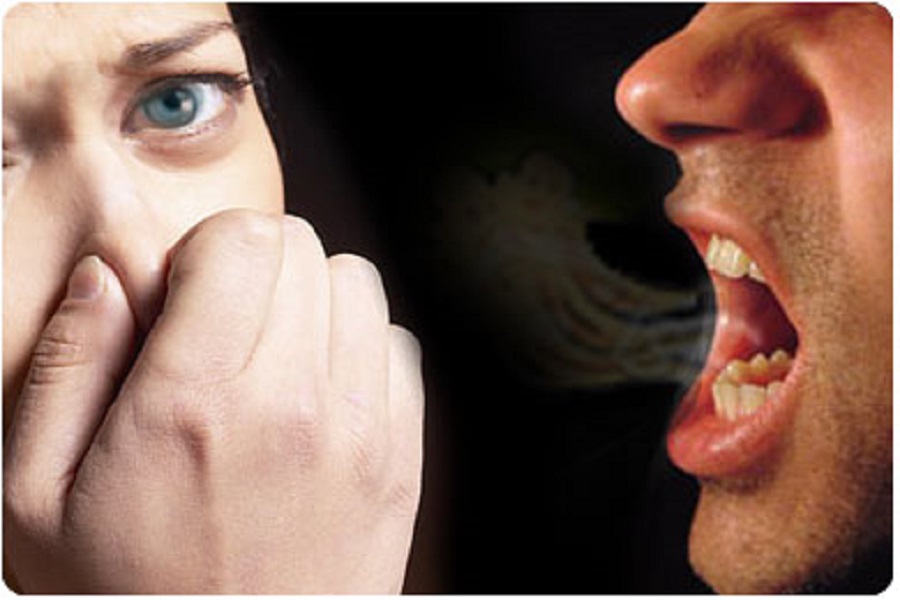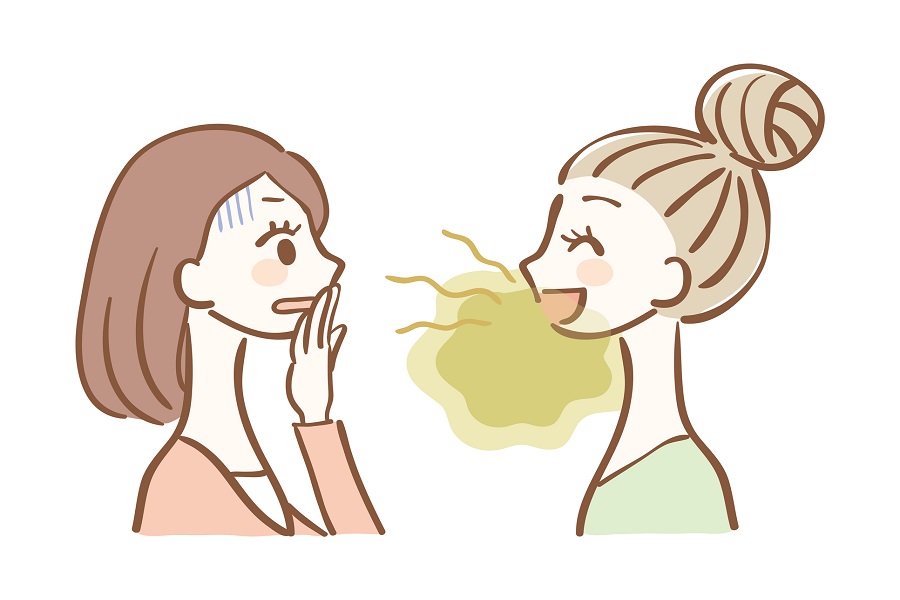Starting from the gap between the incisors, count the number of teeth from one incisor to the inside. If there is an eighth tooth, it is a wisdom tooth. Because of the special position where the wisdom tooth grows, it brings many problems to its cleaning and treatment. The diseases often caused are dental caries. , periodontitis, pulpitis. Because the wisdom teeth are in the innermost position, daily brushing is not easy to clean, and it is easy to cause tooth decay. Moreover, wisdom teeth often experience swelling and pain due to insufficient germination space, and will also invade adjacent teeth, causing toothache. In addition, due to the lack of correct clenching, sometimes the wisdom teeth will over-germinate, which will affect the occlusion; sometimes, the wisdom teeth will under-germinate and become impacted teeth, causing uneven dentition, infection of the pericoronal space, and difficulty in opening the mouth.
Wisdom teeth are the third molars and have a significant impact on the adjacent second molars. Because most wisdom teeth are impacted anteriorly, they are placed on the second molar at an angle of about 45 degrees, thus forming a crown angle, which is easy to impact food, which will lead to caries of the second molar and even pulpitis. Less severe can also affect the lifespan of second molars. Wisdom Teeth Removal Due to the possible diseases caused by the above-mentioned wisdom teeth, most professionals recommend the removal of wisdom teeth for the sake of avoiding future troubles. There are also some people whose wisdom teeth do not cause any trouble to people. This is determined by the individual’s physiological structure. These people do not need to remove their wisdom teeth. Because the location where the wisdom teeth grow is a branch of the trigeminal nerve, if not handled properly, it may affect sensation and even vision in the mouth. In adults, the jawbone and the root of wisdom teeth have already been set, so wisdom tooth extraction surgery has certain risks. For patients with diabetes, heart disease, etc., it is easy to cause complications in the extraction, and the wisdom tooth extraction surgery for these people should be cautious.
Because wisdom teeth have 3-4 roots, and the growth position is not conducive to operation, wisdom teeth are generally removed by breaking the crown and dividing them out. Due to the use of anesthesia, there is no pain during the operation, but people need to adapt to the process psychologically, and some people do not cooperate with the treatment because of fear. For some wisdom teeth with less exposed crowns, the gums may be removed during extraction, and the healing of the wounds will bring some pain. If it is on the top, it is easier to come out. If it is the lower tooth, it is more troublesome, because the bone inside is curved, and there is a tooth in front of it, so it is not easy to extract when it is extracted!































